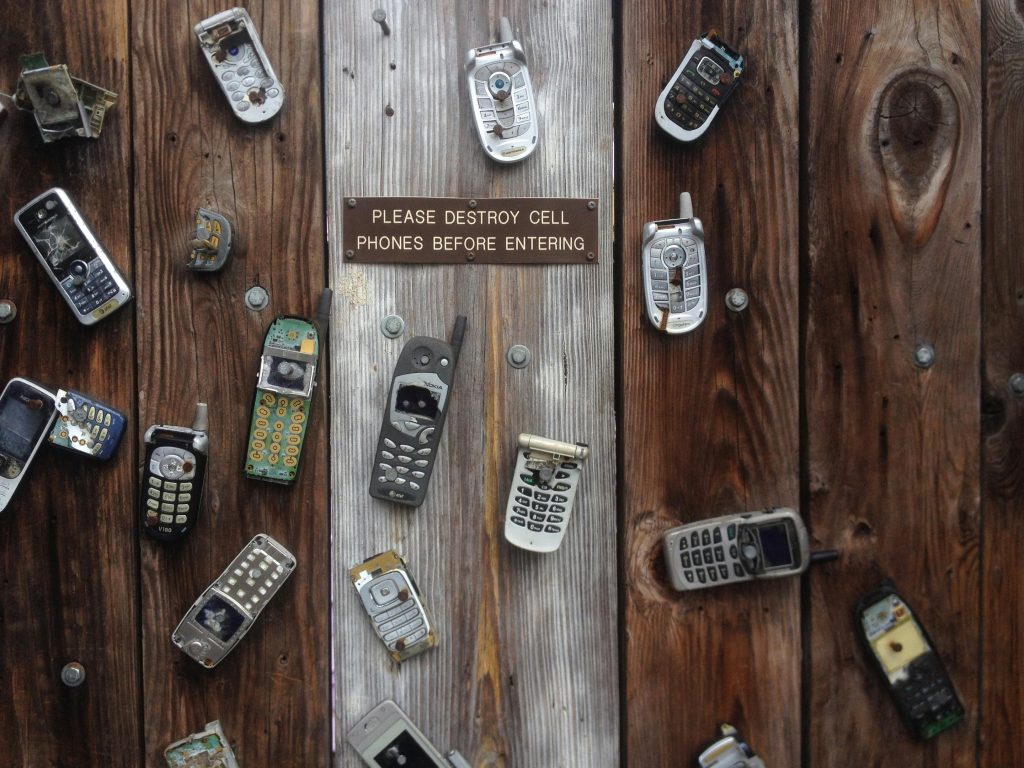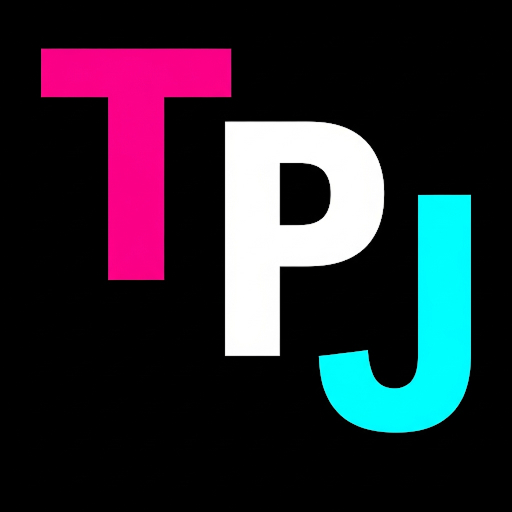I used to treat my reading lists, task management, and inbox like buckets that had to be emptied. Every crossed-off item was immediately replaced by three new ones, creating a constant feeling of being behind. My digital life wasn’t organized—it was a source of anxiety, each item a small weight on my chest.
I needed to complete everything I’d ever written down.
Reading lists from two years ago. Project ideas that once seemed exciting but now felt stale. Tasks that had lost their relevance but somehow retained their grip on my attention. The pressure was relentless.
But what if, I could just let it go? What if the fact that something has been on my todo list for 2 years is a sign that it just wasn’t that important to me?
buckets and streams
The writer Oliver Burkeman has a great metaphor: What if our lists weren’t buckets at all? What if they were streams?
Think about a stream. Water flows in, but it also flows out and past. You don’t stand at the edge trying to catch every drop. You dip in when you need to, appreciate what’s there, and trust the flow will continue—bringing new things while carrying others away.
This reframe shifted everything. My lists weren’t obligations to be conquered by sheer force of will. They were possibilities flowing through my awareness. Some would naturally be picked up and acted upon. Others would simply flow on by.
forced declutter
I got an unexpected taste of this freedom when I lost my phone and couldn’t restore my podcast playlist. I’d been struggling to keep that queue under 100 episodes—constantly adding new episodes while feeling guilty about the growing backlog. Initially, I was disappointed to lose it all. But within a few days, I just started listening to whatever came in next.
Now the new challenge is to keep my playlist over 10 episodes, and I’m much happier. Without that overwhelming backlog haunting me, I actually enjoy podcasts more. I listen to what genuinely interests me in the moment instead of feeling obligated to work through a massive queue because my ambitious self from six months ago signed me up to it.

the practice
But I needed a practical way to organize my reading list and manage digital overwhelm intentionally, without waiting for my phone to break. My solution is simple, maybe even uncomfortable at first: I put a three-month limit on items that aren’t tied to immediate deadlines. If something has been on my “explore someday” or “read next” list for three months without my touching it, I move it off the list.
It feels counterintuitive, like admitting defeat. But here’s my reasoning: If I was genuinely too busy to spend even a few minutes on something in the last three months, the next few months will likely be just as full. Keeping it on the list creates false pressure and mental clutter.
Letting these things go acknowledges reality without judgment. It’s not saying the idea lacks value—it’s accepting that, for whatever reason, it wasn’t a priority in this flow. And that’s okay. New things will arrive in the stream, and I can choose to dip into those instead.
(The truly important things? They tend to resurface naturally, often in new forms that are more relevant to who I am now.)
the result
This mindful approach to productivity has significantly reduced my overwhelm. My digital organization system now feels less like a demanding boss and more like gentle suggestions. I’ve learned to trust the flow and focus my energy on what genuinely captures my attention in the present moment.
Takeaway: Lists aren’t buckets to be emptied—they’re streams that flow. Allowing things to flow past without action isn’t failure; it’s accepting reality. Consider setting a time limit after which unattended items move off your list. This reduces clutter and frees mental energy for what matters now.
This approach might feel uncomfortable at first, but letting go of the pressure to engage with every item has allowed me to focus on what I am engaging with. And that feels like freedom.
If you liked this, you may also like
